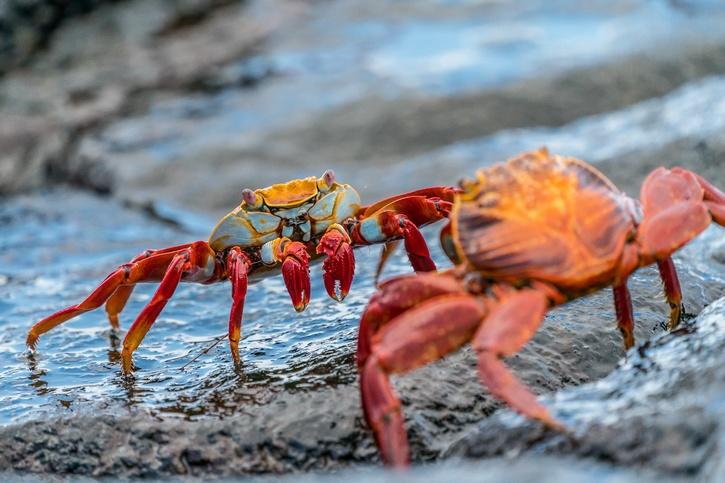Scientists at the University of Maryland Center for Materials Innovation have found a chemical in crab and lobster shells that allows them to make batteries more sustainable, in a recent prototype they discovered that a chemical in crustacean shells remains 99.7% efficient after about 400 hours (16 days)
“We think both biodegradability of material, or environmental impact, and the performance of the batteries are important for a product, which has the potential to be commercialized,”
A crucial part of how batteries work is an electrolyte substance that sits between the negitive and positive electric terminals, which helps move ions back and forth to generate electricity. these conventional batteries rely on lead and lithium but aren't necessarily safe for the environment.
On the other hand, Crab and lobster shells have a material in their exoskeletons called chitin which is used to help keep their shells tough and robust. Scientists have discovered that Chitin can be made into a derivative called chitosan when mixed with zinc, this mixture creates a new electrolyte substance which according to researchers remains almost entirely energy efficient after 400 hours (16 days) of use, and unlike traditional battery electrolytes, Chitin can break down in soil in about 5-6 months, leaving only zinc behind which can be recycled.






